Introducing Twilio Developer Evangelist Christopher Konopka
Time to read:
This post is part of Twilio’s archive and may contain outdated information. We’re always building something new, so be sure to check out our latest posts for the most up-to-date insights.
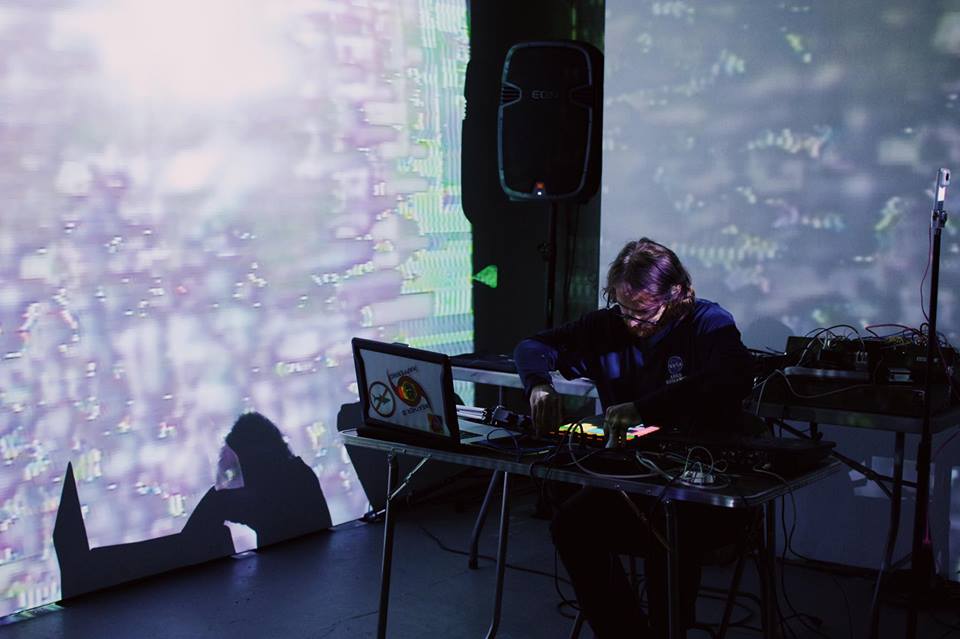
Following your passion and hard work are things I observed being around family when I was young. My grandfather passed away early in my life but his memory was always visible to me through the pictures hanging on the walls in my grandmother’s house.
One wall had an image of a worn leather boot and him climbing a telephone pole next to it. He, along with other family members, were responsible for putting up telephone lines across the northern part of Massachusetts for Bell Telephone.
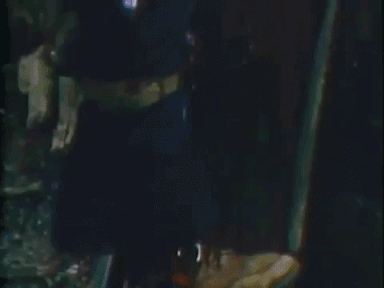
Growing up in this environment I was always taught to problem-solve and was encouraged to seek solutions by observing the problem through the eyes of others. From the beginning I was equipped with curiosity and inspired to use it every day.
There were two principles I was told that make the world work: asking "why?" and communication.
Learning Styles
As a kid I never knew what I wanted to be. It honestly wasn't something that popped into my head. I enjoyed hanging out in cardboard boxes, solving various kinds of puzzles, and loved watching movies on loop.
School was a completely different world; although, I often found it very challenging, it was difficult for me to connect with the material. I absorbed things faster learning with visual cues, but didn’t know how to vocalize this yet. Often it felt almost impossible to keep up with my peers, and the stress made me work twice as hard.
I had to develop my own ways to understand the material and was often told I was learning the wrong way.
Along the way a librarian showed me various "study skills" and helped me organize my overactive imagination into a structured format. This helped me accelerate my learning process. I found out I was a visual learner and finally someone helped me find a way to unlock the door of my mind.
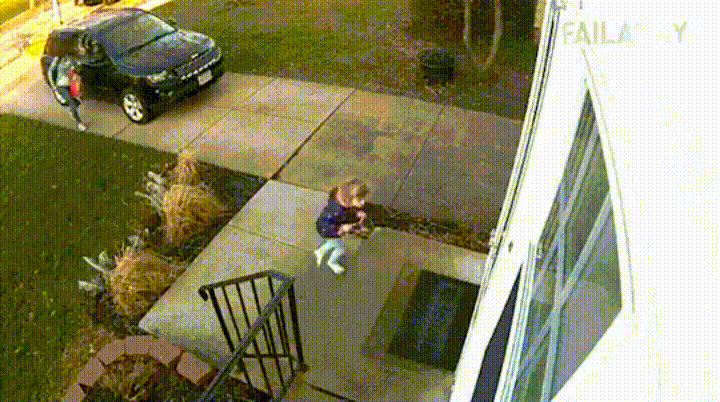
What had been a frustrating process became more enjoyable as I was able to develop personalized learning patterns. This process made me realize that every human learns in their own unique way and it made me want to help people find the key to their door.
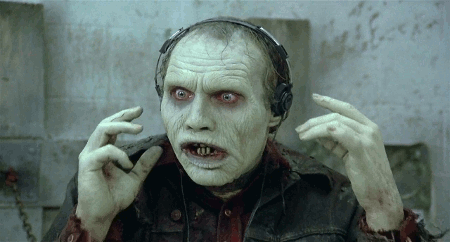
Music Molded My Creative Mind
Trying to decipher my own ways of learning continued throughout high school and into college. I was lucky enough to get into Berklee College of Music. From the start it was a gauntlet.
Multiple semesters of singing in front of my peers, writing classical and jazz theory, conducting and even jazz arranging really pushed me to the limit. Looking back at previous experiences to streamline my learning process, I created various learning techniques for myself and often studied jazz theory using pattern theory. This usually annoyed my professors and, just like before, I was told my approach to music was wrong.
All the questions came back as I would sit there with growing anxiety thinking, "Why does this keep happening? Why is it so hard for me to learn?" Instead of giving up, I used this frustration to my advantage, using it to drive me to study even harder.
Luckily, I was able to get good enough grades to be accepted into the Electronic Production and Design department where I wanted to study sound design. This series of events changed the course of my life.
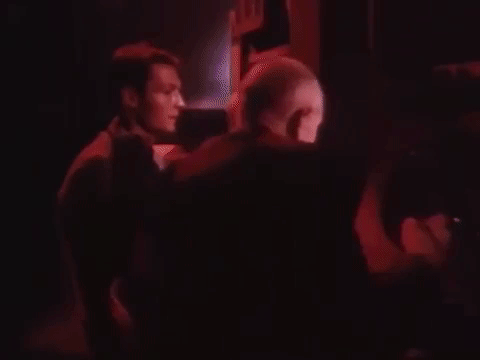
Programming Became a Forever Craft
When I entered the department I was quickly introduced to the visual programming language Max/MSP and the audio programming language Csound. My professor at the time, who is also part of the Bell Labs tradition via computer music pioneer Max Mathews, quickly saw how I adapted to my new classes. One day I was pulled aside and asked if I wanted to work on music therapy applications for the Assistive Music Technology Program for Blind and Visually Impaired Musicians.
This process jump-started something inside of me and my mind went into creative overdrive prototyping what later became wiiAirDrum. The experience showed me how important it is to listen, communicate and share experiences during the development process. Finally I found what I love to do, help people make their dreams a reality through interconnectivity.
This realization pushed me further into researching new programming languages and hardware so I could develop new artistic tools to make the lives of others easier.
At first I was very confused about how to approach this monolith of curiosity. It took some time, but after a point it clicked as I started to explore more open-source communities like GitHub, Stack Overflow and the Adafruit forums. Without open-source communities I would never have built my sonification drawing machine thesis Optical Sonance.
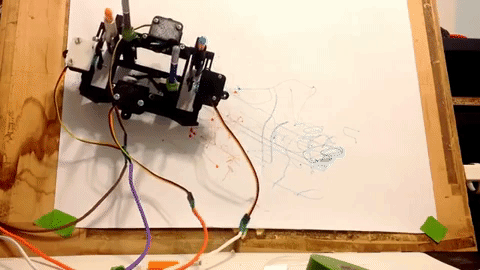
Open source communities perpetually equipped me with new knowledge so I could discover my own way of inspiring others. I adjusted my learning style into project-based learning.
By building modular blocks of code I was able to learn faster, build larger projects more efficiently, and seamlessly share this information with other people who also wanted to build on their ideas. An example of this can be found in a project I created for streamlining communication between various programming languages and microcontrollers called arduivis.
It’s All Grist for the Mill
After finishing school it all sank in. Music and programming are in the same school of thought. Architecting software or hardware programs is no different from being a symphonic composer.
There are different styles based on genre just like there are different languages better suited for particular applications. There are conventional standards of time and rhythm in classical and jazz counterpoint that are just like asynchronous and synchronous server patterns. Often you have to select the right chordal structure to color the composition just like you might have to find the right web framework to create a user experience that conveys the proper message.
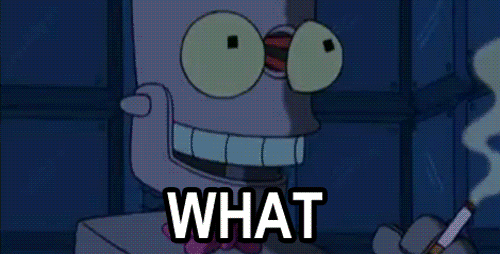
Even down to composition dynamics regarding how loud or soft you play is similar to how you want to alert a user about the severity of an error. It’s all relative. Or, as one jazz professor told me when I brought in strange arrangements, it’s all "grist for the mill."
The feedback loop of observing life trends
When I heard about Twilio from a long-time friend and now fellow Twilion, I started to research Twilio and their APIs. When I saw a position open for an IoT Developer Evangelist I applied immediately. After months of feeling like I hit the wall in other parts of my life I was notified I would be hired.
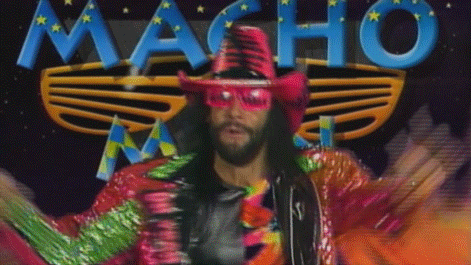
Now a few weeks in, I’m already elbow-deep developing IoT projects and documentation for new users who want to connect around the world and I couldn’t be happier.
We all experience trends that shape the undercurrent of our lives. It’s important to know why they exist. Looking back on the journey to get here, I’ve realize it is a feedback loop. It’s time to take the boots off the wall and climb the virtual poles using Programmable Wireless.
If you ever need help with Twilio projects, code or just wanna chat reach out anytime. All questions welcomed.
- Email: ckonopka@twilio.com
- Github: cskonopka
- Instagram: @cskonopka
- Twitter: @cskonopka
Related Posts
Related Resources
Twilio Docs
From APIs to SDKs to sample apps
API reference documentation, SDKs, helper libraries, quickstarts, and tutorials for your language and platform.
Resource Center
The latest ebooks, industry reports, and webinars
Learn from customer engagement experts to improve your own communication.
Ahoy
Twilio's developer community hub
Best practices, code samples, and inspiration to build communications and digital engagement experiences.


